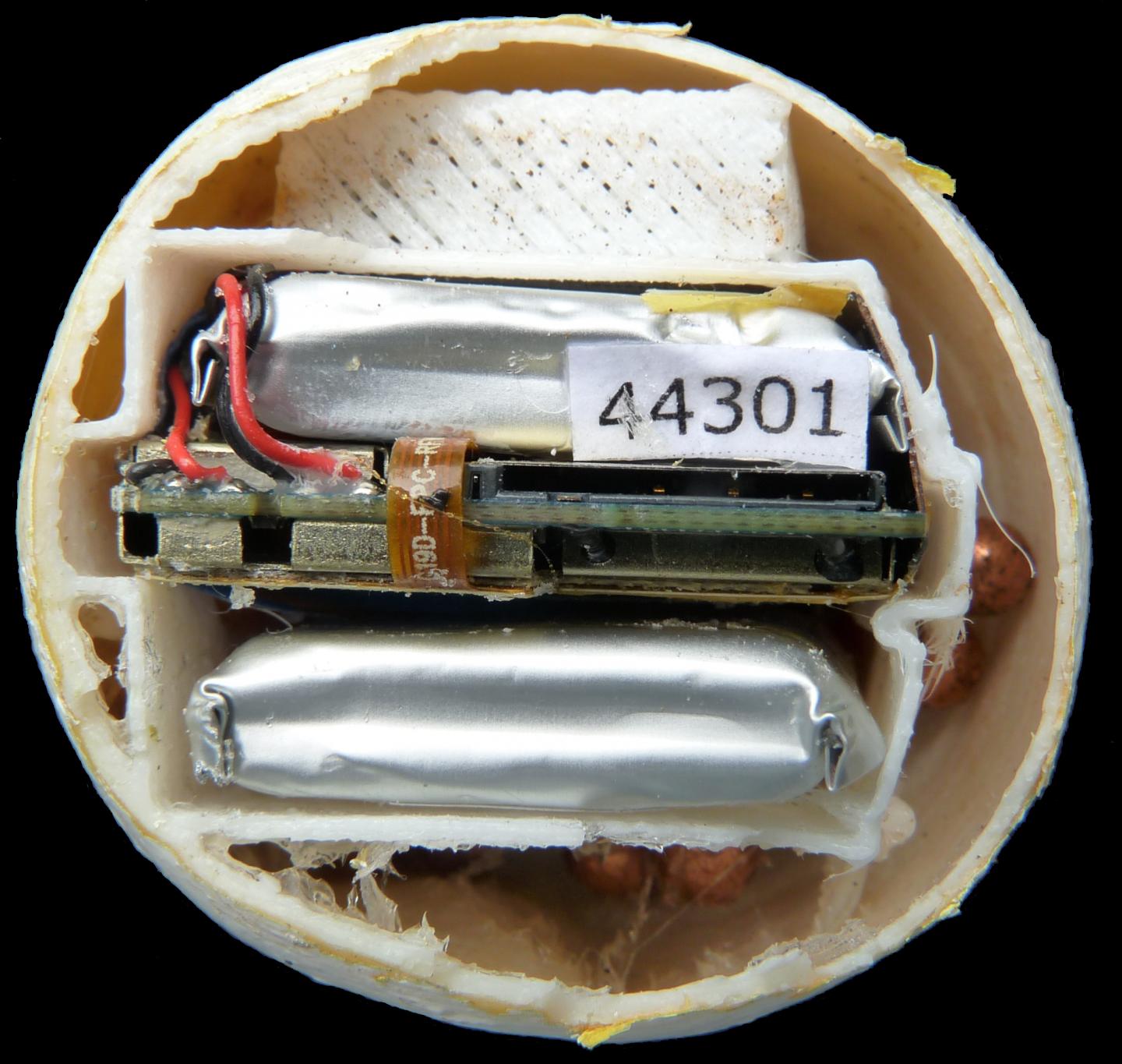
Poachers take note. If you’re thinking about stealing eggs from the nests of sea turtles on the beaches of Costa Rica, well, you may wind up getting more than you bargained for. Because researchers have combined GPS technology with 3D printing to produce decoy eggs that look and feel like real turtle eggs…but can track where traffickers go when they swipe these endangered embryos. The egg-saving efforts are mapped out in the journal Current Biology. [Helen Pheasey et al, Using GPS-enabled decoy turtle eggs to track illegal trade]
Some find sea turtle eggs to be a delicious seasonal treat…others think they’re an aphrodisiac—which has produced a thriving illegal market. The mock turtle eggs were crafted in response to something called the Wildlife Crime Tech Challenge, a program sponsored by the U.S. Agency for International Development. Scientists led by Kim Williams-Guillen of Paso Pacifico, a conservation organization, devised the decoys. They drew their inspiration, in part, from a popular TV show, says Paso Pacifico’s executive director, Sarah Otterstrom.
“Kim’s idea to put a tracking device into the egg came from an episode of Breaking Bad where the police hid a GPS transmitter of a shipment of raw materials for a methamphetamines lab.”
The first challenge was getting the egg substitute just right.
“We started with the size and dimension of the turtle egg, trying to figure out how much do they weigh, what’s their texture, how soft and squishy are there, they, and what’s their color.”
Then, they sorted out the electronics.
“Cell phones are very widespread throughout the world…and we realized if we could just use a SIM card and the GPS GSM technology that’s used in cell phones, that even if a beach was remote from a cell tower, if it was headed to a market somewhere it would eventually pass by a cell tower and the decoy eggs could transmit to one of these cell towers.”
Finally, it was time for a field test.
“I was actually the person who put the eggs in the nest.”
Helen Pheasey of the University of Kent.
“So it was really a case of deploying a load of decoys into the nests and seeing what happens when they get taken.”
Pheasey planted a decoy egg in 101 sea turtle nests on four Costa Rican beaches. About a quarter of the decoys got snatched. Some malfunctioned, but others gave a trackable signal. One wound up at a bar about a mile away. But another traveled an impressive 85 miles from its nest. Pheasey kept an eye on its progress from her cell phone.
“And I basically watched this egg moving further and further in land. And eventually it stopped. So I zoomed in on, like google maps basically, and it showed me very clearly that it had gone behind a supermarket, like some back alley supermarket loading bay kind of area. Which was pretty suspicious. There’s no reason to really be there unless you’re up to no good.”
The decoy hung around the loading dock for a time before making its way to a nearby residential property.
“The fact that it spent two days in sort of waiting suggests that it may have been handed over to a trafficker.”
Who sold it to someone else, perhaps even the consumer.
“That really fits with what we know about the illegal trade of eggs in Costa Rica. We know from anecdotal information and from interview information that eggs are sold door to door. And it seems very likely that this is what happened. So we were very happy with that result, we’ve proved the concept that you actually use these eggs.
Pheasey says she hopes the decoys—which they’ve dubbed the “invest-EGG-ators”—can help to really crack down on the illegal poaching of sea turtle eggs. And reduce such operations to a shell of their former selves.
—Karen Hopkin
(The above text is a transcript of this podcast)


